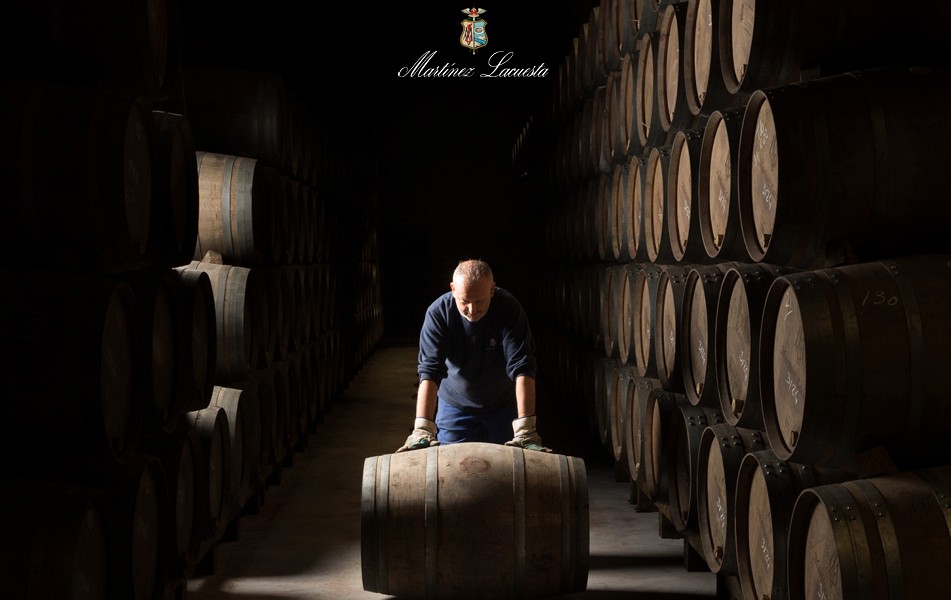Burgundy ‘relieved’ as harvest returns to normal
Burgundy’s harvest is set to return to normal yields this year, the Bourgogne Wine Board (BIVB) has confirmed, after seeing falling yields for a number of years.
Although final figures are not yet in, the BIVB told db the global volume for Bourgogne was likely to be “back to normal” this year, reaching the average 1.5 million hectoliter. This would be higher than last year, which saw only 1.223 million hectolitres following frosts in late April that hit the entire length of Burgundy from Chablis to the Maconnais, which were were described as the most severe since the early 1980s. Although the 2014 vintage hit average yields, it followed two years of substantially smaller vineyards in 2012 and 2013 vintages.
The organisation said the mood was one of “relief”, following the early harvest, which began at the end of August, amid reports that winemakers across France are facing their smallest harvest since 1945 due to the perfect storm of a mild March followed by severe spring frosts in April.
Both quality and quantity were in “much in evidence”, the BIVB said in an update, following a year that had seen mild weather in winter and early spring, prompting early bud break, which then benefitted from the sunny summer months punctuated with rain.
However, a spokesman for the BIVB told db the exception was in Chablis, which was expected to have a second difficult year, with some producers forecasting a 20% reduction in yields compared to normal.
“They suffered from the spring frost more than in the southern part [of Burgundy] and it was in the same areas that had suffered last year,”she said. “Plus, where there were grapes, there were less juice than we hoped. So, for some in Chablis, it will be a second difficult year.”
Difficult, but not entirely disastrous. Forecasts are that the volumes for vintage 2017 will amount to an average of around 40hl and 45hl per hectare. The frosts, which were less devastating than in 2016, affected certain parts of the Chablis vineyard in the spring, in particular the areas of Maligny, Ligny-le-Châtel, Villy, La Chapelle-Vaupelteigne and to a lesser degree Beines and Chichée.
She said although Châtillonnais and a part of Mâconnais had suffered from frost, this was unlikely to have any impact on the global volume.
Partner Content
“This year will be good for a lot of appellations and producers as we both have quality and for most of them, quantity,” she told db.
The BIVB is currently starting its annual inquiry, whose results will be published at the Hospices de Beaune Wine Auction press conference in mid-November.
Writing in db in July, Flint Wines co-founder Jason Haynes said the region would need a bumper year in order to replenish cellars that had suffered from below average yields for a number of years.
He said that winemakers in the region had endured a series of depressingly small vintages, albeit some of great quality, since 2009, noted as was the last vintage to combine both quality and quantity.
“Not only is it important for the growers that they harvest a decent crop, but the market needs one, too. In fact the market, probably needs two. Prices have been somewhat inflationary recently and a couple of healthy vintages would pour welcome cold water on this trend. It would also help plug the increasing number of holes in supply of certain appellations, which seem to be getting scarcer by the week,” he said.





Were we not told a few months ago of the disastrous spring frosts across Burgundy, not just Chablis, which was going to decimate the crop. Now were a being told normal yields. Something does not stack up.
No such rumours were spread. Not to my knowledge at least. There has been talk of hail at the beginning of July which hit GEVREY and Morey but not “THAT” badly.
Sincerely GAUDISSABOIS JOGAN BURGUNDY LOVER